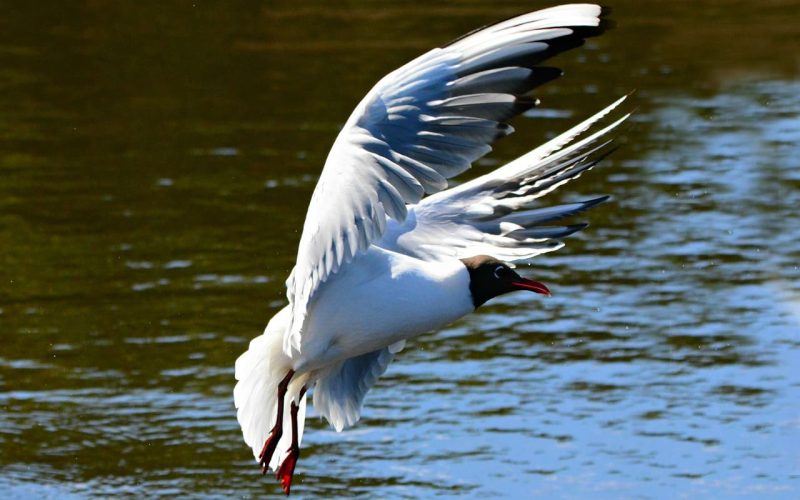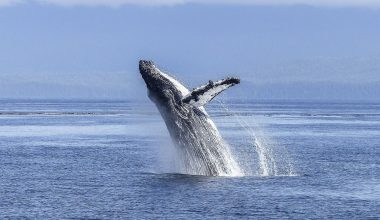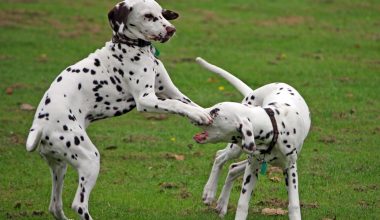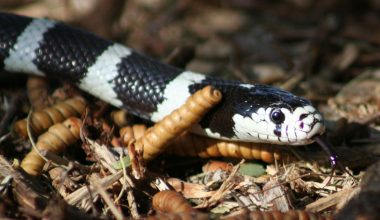Have you ever had the opportunity to witness a diving bird entering the water and emerging with a fish in its beak? Such a wonderful display of inherent talent. Cormorants, grebes, penguins, puffins, and gannets are just a few of the birds that dive into the water. Foot-propelled diving, wing-propelled diving, and plunge diving are the three different diving methods. However, diving birds enter the water either from flights or the water’s surface, regardless of the diving technique. The methods and approaches these spectacular diving birds employ to obtain their preferred prey are covered in more detail in this article. Here is a list of all water-diving birds.
Water Diving Birds
1. Kingfishers
Some kingfishers prefer to eat insects, while others prefer fish and have special adaptations to suit their way of life. These birds typically hunt from trees as opposed to terns and ospreys, which fly over the water first before diving in. A kingfisher may see fish when perched on open tree branches and can swoop quickly to capture its prey before quickly returning. The belted kingfisher is one of the bluebirds in Florida.
Also Read: Top 10 Green And Yellow Birds In The World

2. Cormorants
There are four different kinds of cormorants, and South Africa’s coastline is home to three of them. These marine birds have plenty of food thanks to the chilly Benguela current. Cormorants dive into the water to pursue prey and use their webbed feet to help them move forward underwater. They have a maximum diving depth of 60 feet and a maximum submerged time of 70 seconds. These diving birds driven by the foot enjoy consuming small crustaceans and fish. They run along the water’s surface to launch themselves again if they are unsuccessful in catching anything.
Also Read: 10 Different Types of Australian Insects
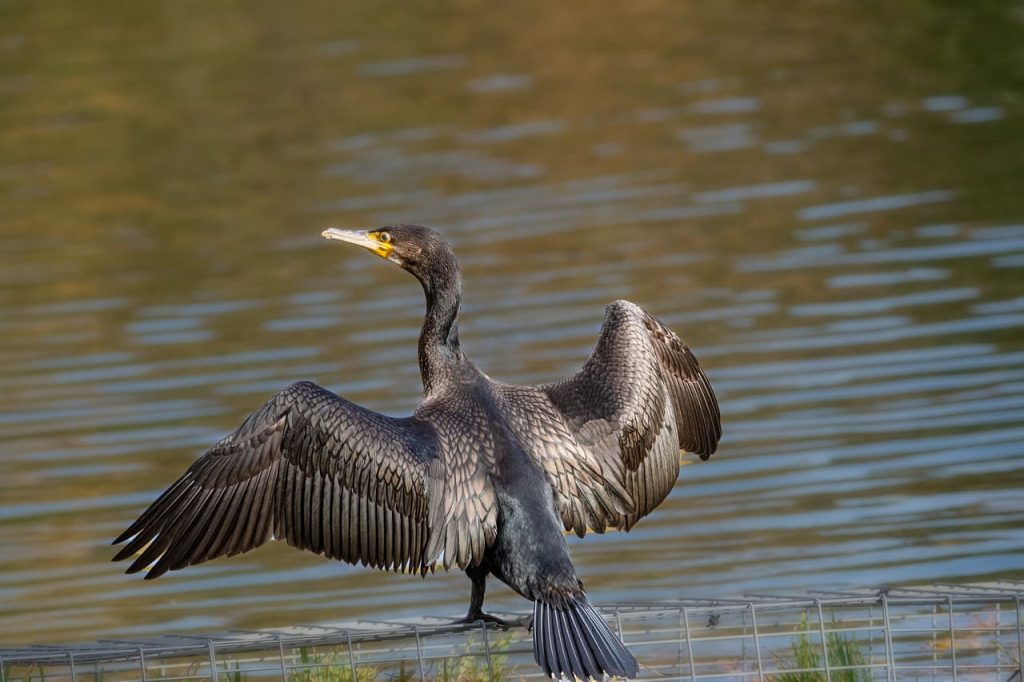
3. Terns
Terns are seabirds from the Laridae family that dwell near rivers and seas. There are about 40 species of terns, and most of them are expert divers, preferring to plunge into the water to catch their food, mainly small fish. Terns have special adaptations that allow them to perform things that non-divers would find extravagant. The birds’ small weight and slender build enable them to soar over the water before they dive, which is made possible by their long, forked tails and short wings. In addition, they have long bills to maximize their plunges, however, not all of them are successful.
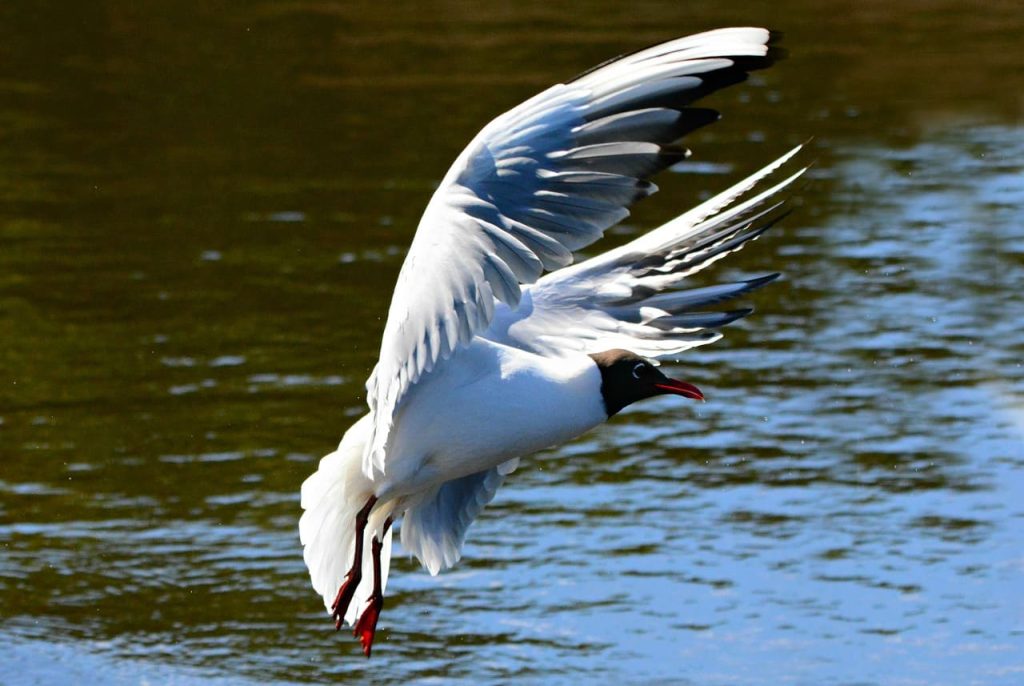
4. Blue-footed booby
Boobies are clumsy seabirds that are linked to garnets and are untrustworthy. Similar to their cousins, boobies can soar far higher above the water’s surface, but they are particularly attracted to the schools of fish that make up their meal. The birds dive into the sea at up to 50 mph when an opportunity arises.
The birds make it look easy as they tuck their wings up against their bodies before diving. The birds’ interaction with the water is softer thanks to the air sacs’ positioning beneath the skin. Boobies don’t give up even if they miss their prey on the first try since they can follow fish down to a depth of 300 feet.
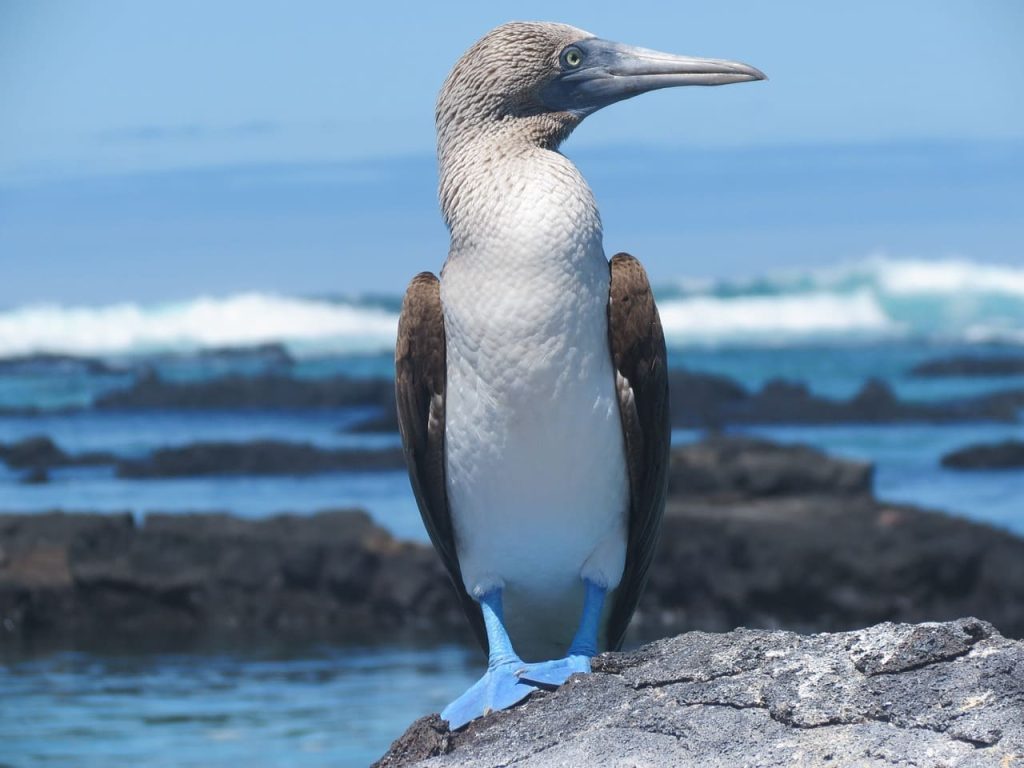
5. Gannets
Large seabirds called gannets nest in groups on cliff-topped offshore islands. These enormous seabirds are outstanding divers, diving into the ocean from heights of approximately 30 meters at astounding velocities of roughly 60mph. The birds’ distinctive traits allow the garnets to accomplish such feats. They only have nostrils inside the mouth, which allows them to dive into the water at high speeds without having any breathing issues. Garnets also have air sacs that resemble bubbles on their faces, under their skin, and in their chests. to lessen the force the birds use to strike the water.
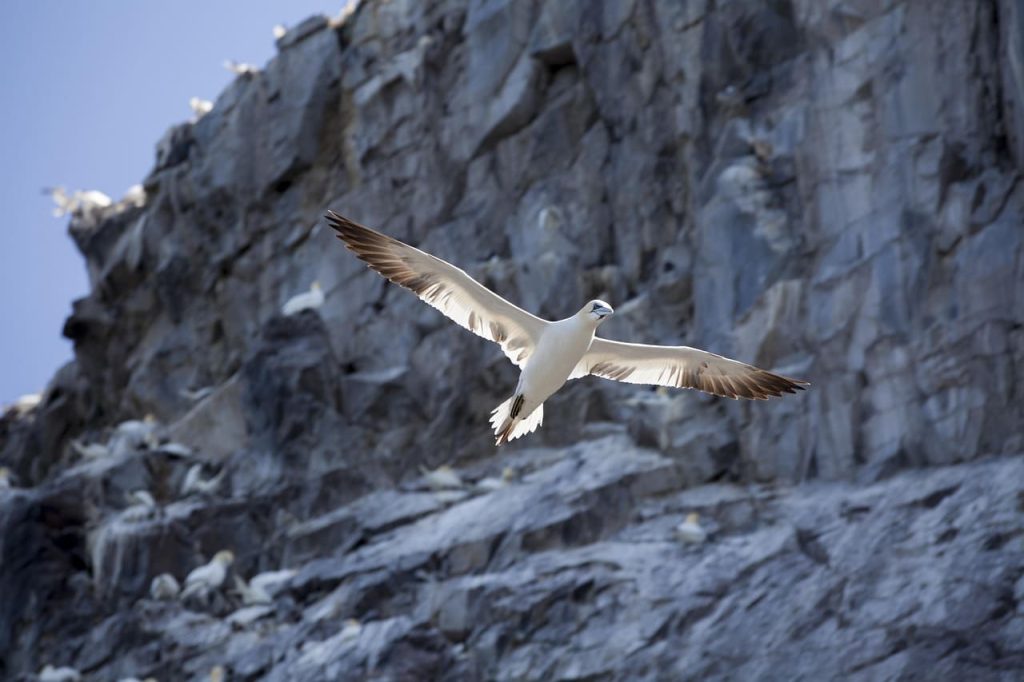
6. Diving petrels
Small, stocky seabirds are called diving petrels to enjoy flying quickly and low over the ocean. The petrels prefer to hunt close above the water’s surface and dive beneath in search of tiny fish, squid, and krill using their short, stubby wings, which they fold into the shape of paddles. The birds do, however, have additional adaptations for diving and catching their prey in addition to their short, thin wings. When the birds are submerged, their nostrils generally point forward to breathe. When diving, they have also been modified to minimize body heat.
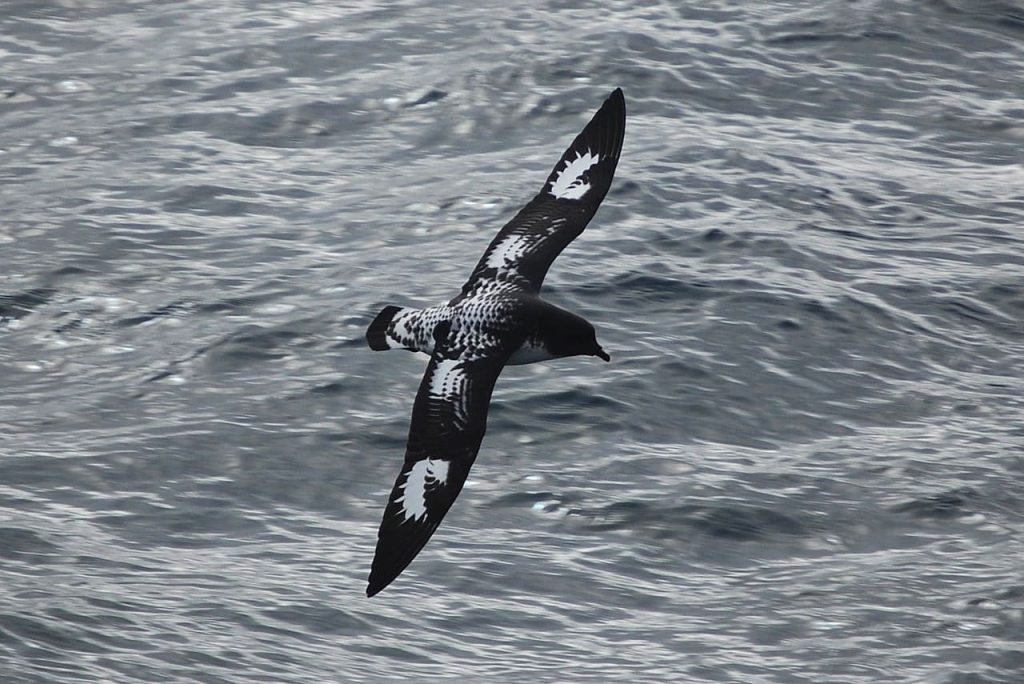
7. American black duck
The average weight of an American black duck, which dabbles, is between 720 and 1640 grams. The black duck grazes on land and occasionally ventures into shallow water to get food. The majestic birds, despite their enormous weight, can dash across the water and build up enough speed to begin a flight. The duck then performs a stunning dive into the water, similar to other plunge-diving birds. However, it only engages in this activity occasionally to avoid predators and occasionally to look for food.
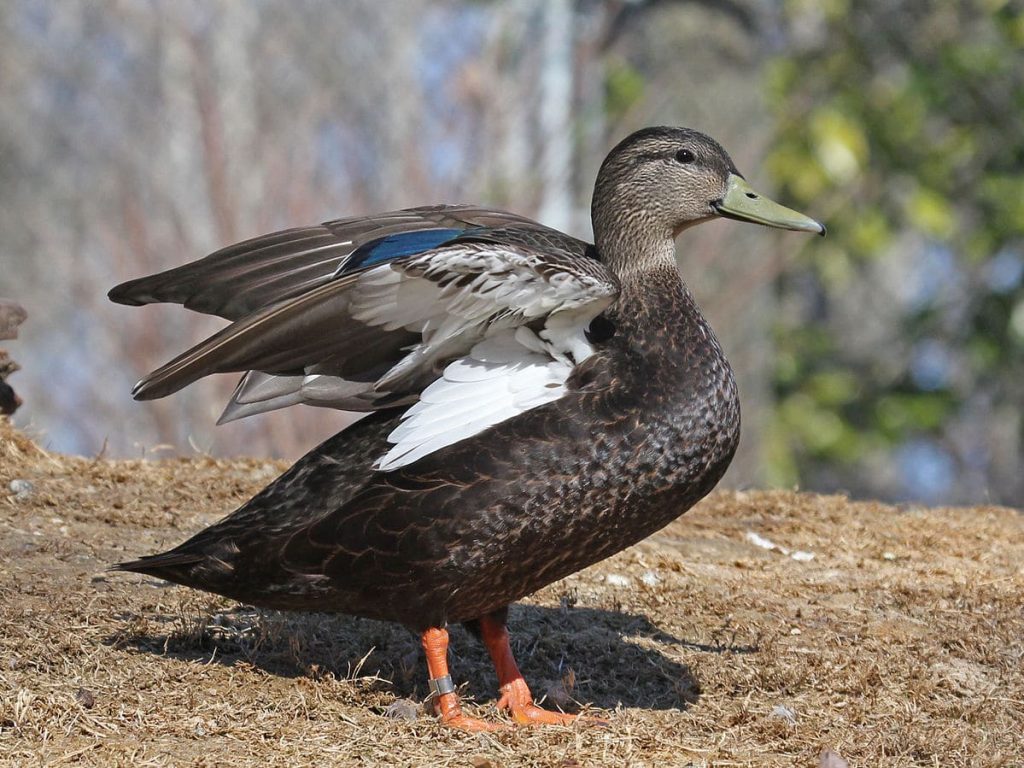
Image Source: Wikimedia
8. Penguins
A flock of 18 flightless semi-aquatic flightless birds is known as a penguin. Strangely, the land and water animal that cannot fly has wings. These animals with no necks are worthless on land but become essential weapons when the birds are separated. The penguins are skilled divers, comparable to bird flights in the air, capable of diving to depths of 200 meters! With their smooth plumage that retains air to keep the birds floating when they wish to, they have evolved to suit aquatic life. They have robust breast muscles as well, which aid in the birds’ underwater propulsion. It is also listed as one of the most amazing webbed feet birds in the world.
Also read: 31 Cutest Animals In The World
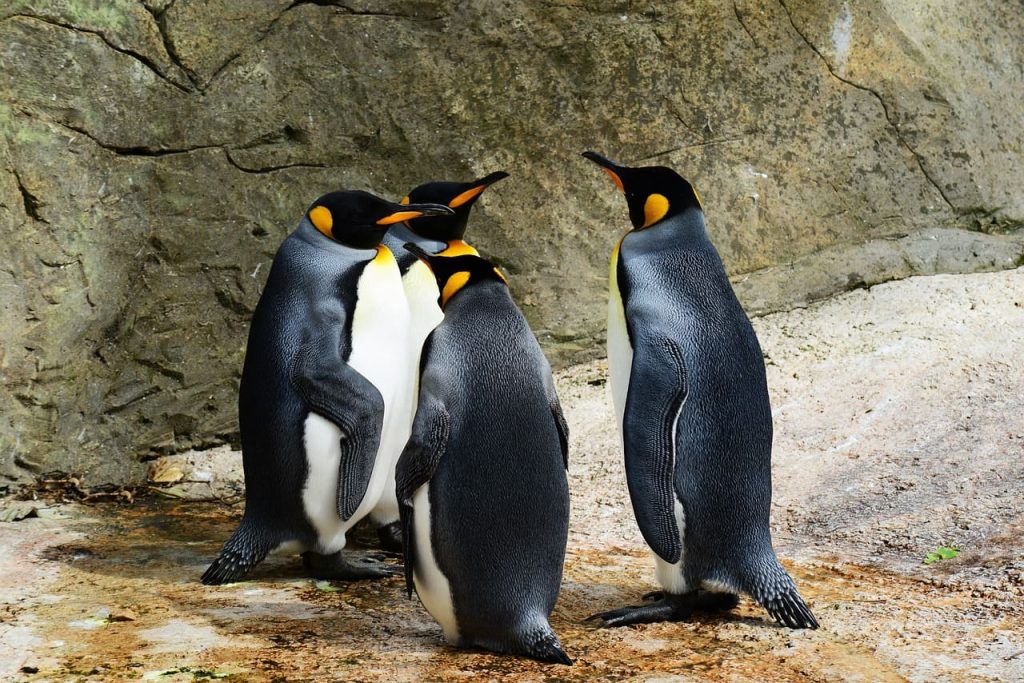
9. Puffins
The auk family includes puffins, which are slender, tiny seabirds. These fluffy animals are experienced divers who spend most of their time in the open sea with the aid of their waterproof feathers, which allow them to stay warm while floating, even though they cannot dive deeper than 100 feet. The birds’ tiny wings are flapped to make them appear to be flying when diving and their webbed feet help them move forward. Puffins are excellent anglers despite their small size; they may carry more than 10 fish in their bills at once.
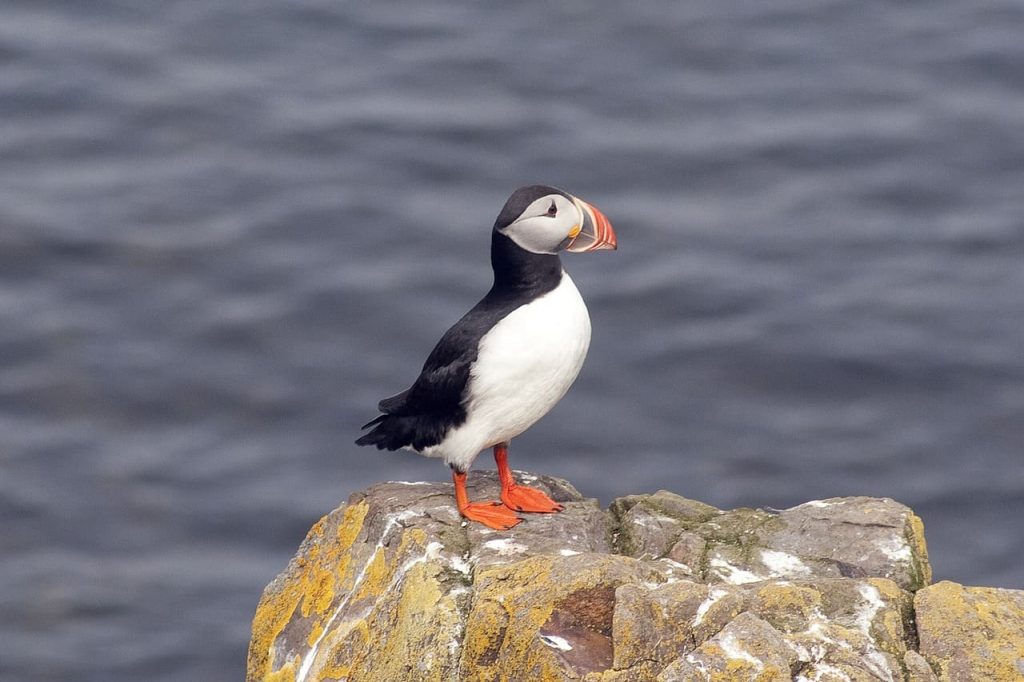
10. Shearwaters
Medium-sized, long-distance migrating shearwaters are typically observed in flocks. Shearwaters are expert fliers who use a shearing flight method to travel far and quickly with the least amount of effort needed. They do this by taking advantage of ocean waves and winds. The amazing abilities of the birds go beyond only flight. Shearwaters have excellent swimming abilities and can fish from depths of up to 230 feet. Like boobies, they use their wings to propel themselves underwater and chase their prey when they miss their goal.
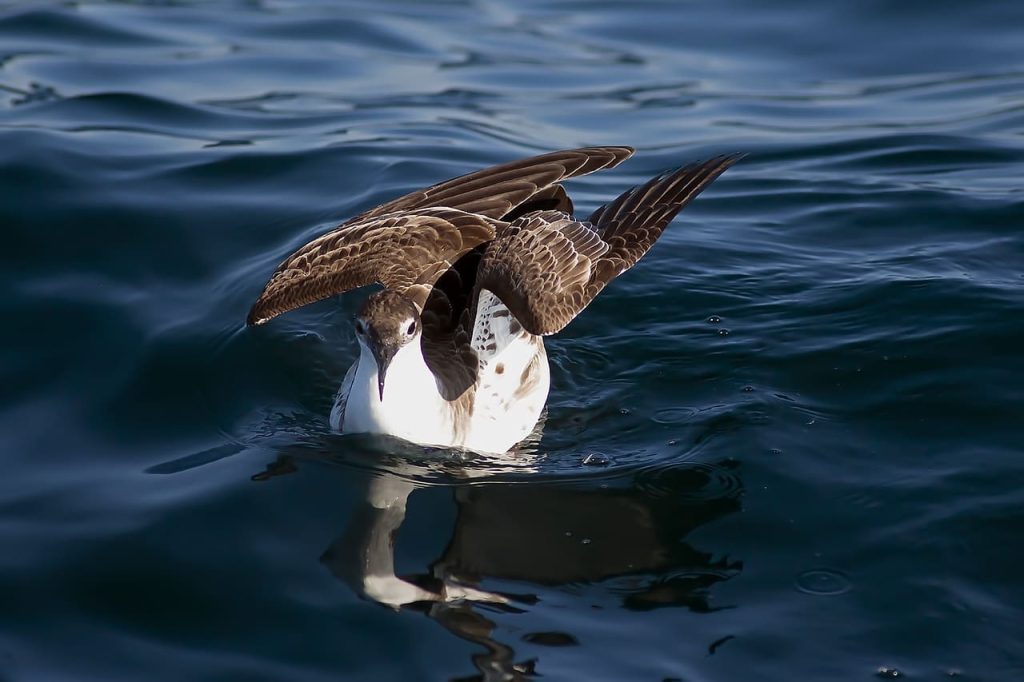
11. Ospreys
Ospreys initially known as the fish hawk, since it catches fish by snatching them shallow dive from the surface of the water. Fish is one of the most important part of diet and they feeds on wide variety of other prey, including birds, reptiles and even crustaceans. These popular desert birds are one of the most widely distributed birds in the world mostly breeds across North America, Northern Europe and Asia and around the coast of Australia. The average lifespan of Ospreys is more than 10 years in the wild.
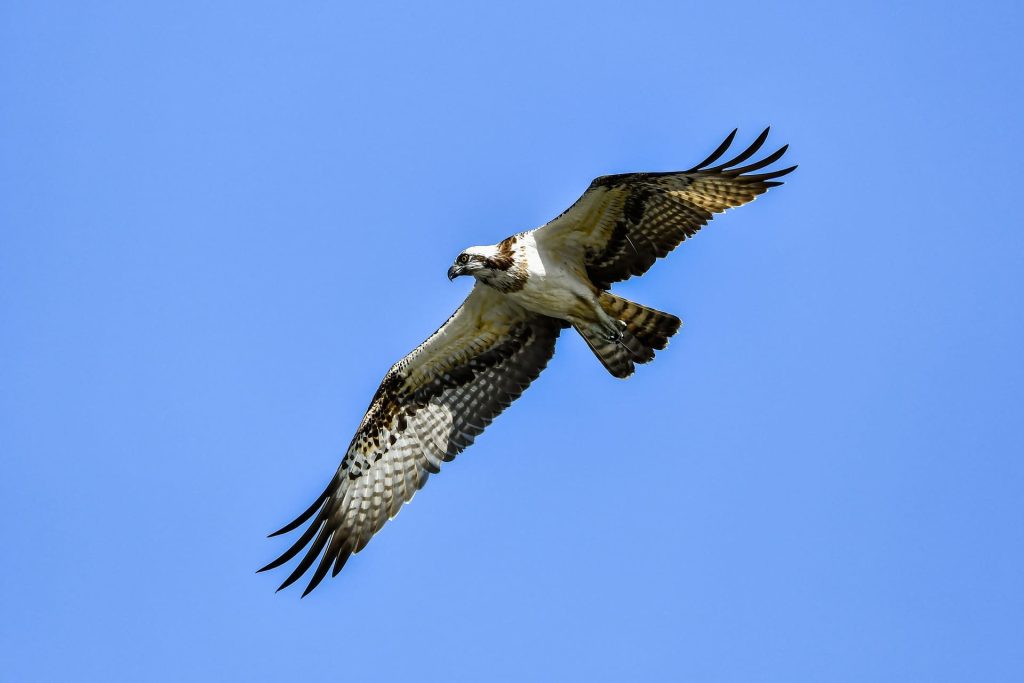
12. American dipper
The American dipper also known as water ouzel is a grey bird species that belongs to the family Cinclidae. The bird species is 16.5 cm (6.5 in) long and average weight is upto 50 grams. Talking about the appearance, it has a long legs along with bobs and down during pauses as it feeds on the bottom of fast-moving, rocky streams. The bird species thrives in the regions of Central America and western North America from Panama to Alaska. They have an extra eyelid called a nictitating membrane that allows it to see underwater. The average lifespan of American dipper is upto 7 years in the wild.

13. Grebes
Grebes is one of the popular diving bird that belongs to the family of water birds. It is also known as dabchick”, “swan grebe” and “swan-necked grebe” that grows between 55 to 75 cm and average weight is between 795 to 2000 grams. The average lifespan of grebes is upto 14 years in prison the wild. These large water birds found in North America and quite famous for thier spectacular courtship displays and reedy calls. The dietary habit is carnivores in nature and feeds on carp, herring, mollusks, crabs, and amphibians, such as salamanders.

Image Source: Wikimedia
14. Loons
Loons are aquatic webbed feet birds that belongs to the family Gaviidae and can be found in the North America, Europe and Asia. The national enemies of bird species includes gulls, ravens, crows, turtles, raccoons, otters, skunks and weasels. During breeding season, loons produce yodel calls to announce occupation of a territory and Tremolo calls are signs of aggression. These bird species form monogamous couples that last for lifetime where they are also seen dive together during the courtship. The average lifespan of loons are upto 30 years in the wild.
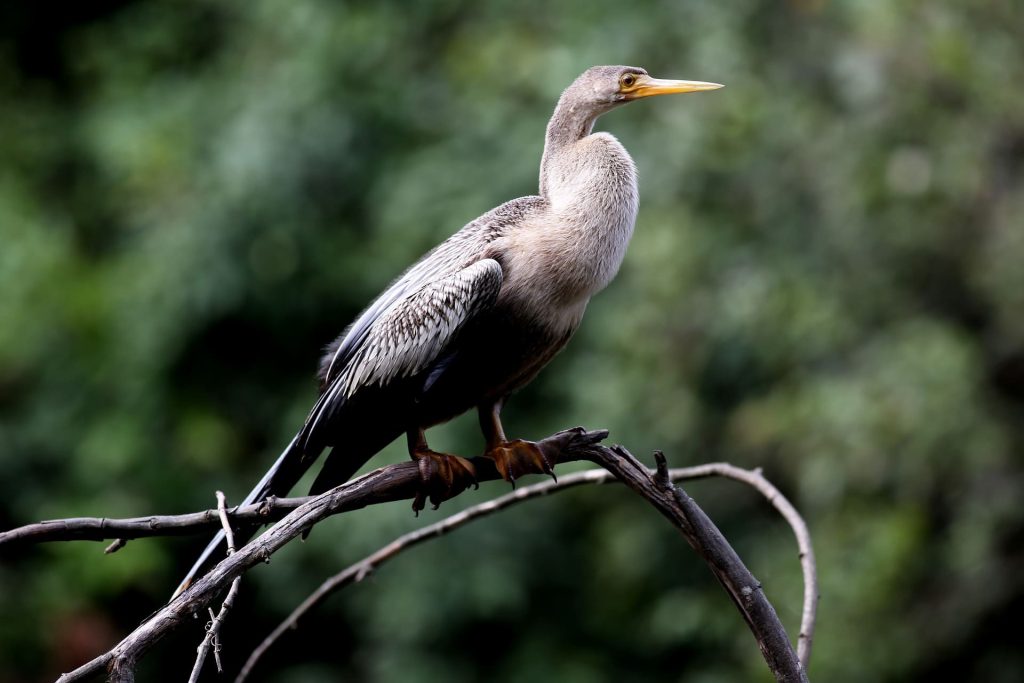
15. Brown Pelicans
Brown Pelicans are one of the water diving birds that belongs to family Psittacidae. Talking about its appearance, they are large grayish-brown bird along with blackish belly and a white head and neck. The beak is also long with a thin and membranous pouch. The body length is upto 120 cm tall, 210 cm wide and average weight is between 2.7 to 3.18 kg. The average lifespan of brown pelicans is between 15 to 25 years in the wild. They are only species to dive into the water from 9 m (30 ft) above to capture prey. After catching its prey, they move the tip downwards to drain the water before swallowing the fish. It is one of the popular animals with popular gular pouch.

16. Anhinga
Anhinga is one of the popular black birds in Florida can be seen on southwest coastal areas of the United States, from North Carolina to Texas. Talking about the appearance, they are black birds with white strips on thier wings and the bill is relatively long along with glossy black-green wings and tail a glossy black-blue. During winter season, the bird species migrate towards the equator, however, thier range is determined by the amount of sunshine to warm the chilled birds. The average lifespan of Anhinga is upto 12 years in the wild.
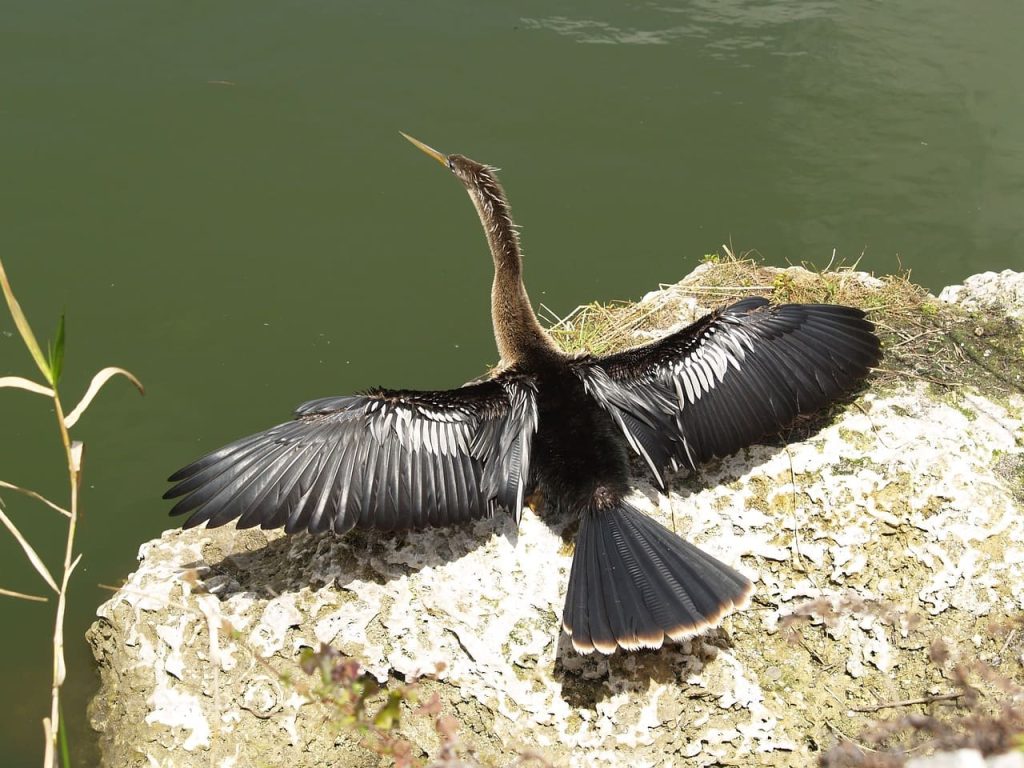
are the list of 16 water diving birds in the world. Kindly share and do post your comments.
